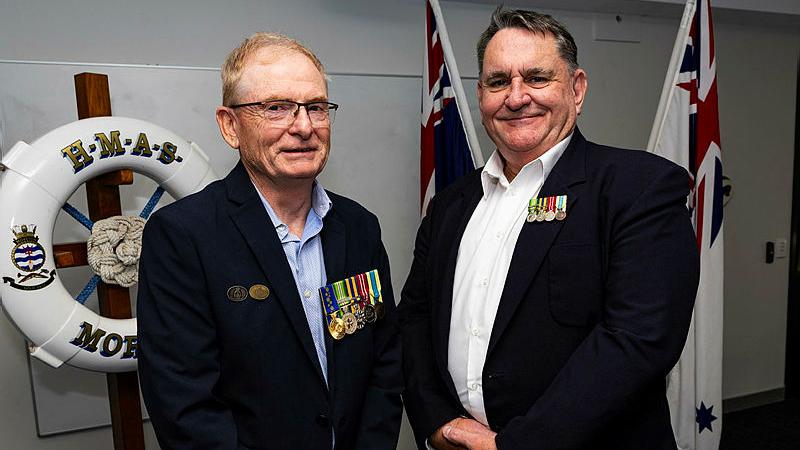The historic mission to locate frozen water on the Moon could eventually lead to a permanent lunar base for astronauts.
On August 23 the Indian Space Research Organisation (ISRO) successfully landed a spacecraft on the Moon’s south pole, a location that has always been of particular interest to scientists due to the unique conditions created by the planet’s extremities.
The Moon rover, Chandrayaan-3, which recently completed its 14-day mission, made history by landing on the lunar south pole. Dr Laura McKemmish, an astrochemist from UNSW Sydney explains the significance of the mission, and what the future holds for lunar exploration.
“This is the first landing of India on the Moon, and it will make India the fourth country ever to land on the Moon,” says Dr McKemmish. “The ability of our global civilisation to go into space exploration is really, really crucial to enable humankind as a global community to explore elsewhere in the universe.”






